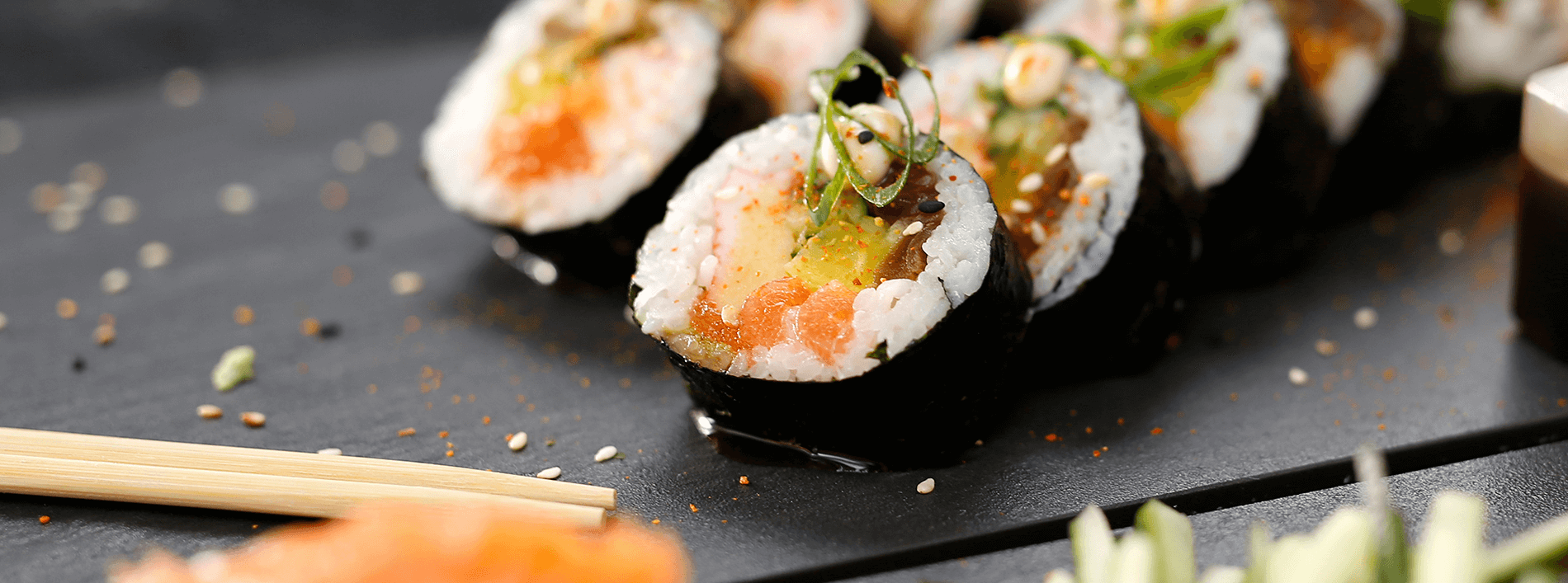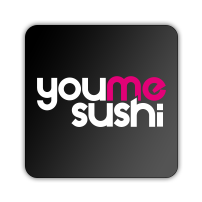Despite sharing the same basic ingredients and preparation methods there are fundamental differences between Japanese and Western sushi. Japanese sushi tends to incorporate fewer ingredients and is lower in calories than versions found in the West. You won’t find mayonnaise, avocado or cheese in any sushi dishes concocted in the Far-East. Japanese versions tend to include only three or four base elements: raw fish, vinegared rice, condiments and seasoning.
Western sushi is made with a different palate in mind, hence the additional ingredients. In some cases, the sushi is made according to regional tastes. For example, many sushi restaurants in America’s southern states use local ingredients such as crawfish. There also seems to be prevalence for quantity over quality with less emphasis on presentation and aesthetics. The oriental principles of good food in small portions are for the most part abandoned in Western restaurants in favour of sushi dishes that suit larger Western appetites.
The popularity of sushi in the West owes much to the California Roll. Made inside out and utilising ingredients like cucumber, crab and avocado, the California Roll was created by Japanese sushi chef Ichiro Mashita, in 1960s Los Angeles. Because fatty tuna wasn’t available to Mashita at the time he decided that avocado, with its oily texture, would be a perfect substitute. Considered to be a ‘fusion dish’ that combines ingredients from other types of sushi, the California roll consists of crab meat, maki sushi, cucumber and avocado. It is made in both the futomake and uramaki style and often features sesame seeds sprinkled on the outside.
The California roll has since become one of the most popular styles of Western sushi and has led to all kinds of variations. Some of the most popular include the Caterpillar Roll, the Rainbow Roll and the Cone Sushi. The caterpillar also features avocado as well as a teriyaki glaze and is wrapped in rice. The Rainbow is very similar to the California Roll, sharing the same ingredients but with an added topping of sashimi. The Hawaiian Roll, which is indicative of the Japanese migration to those islands in the 19th century, comes filled with tuna, white fish, shrimp powder and pickled gourd. Sashim or roe toppings are sometimes added as well. There are other Western versions which use fattier ingredients. The Philadelphia Roll, for example features cream-cheese while the Dynamite Roll uses mayonnaise. So unfortunately, many of the health benefits found in authentic Japanese sushi are lost.
As mentioned, the inclusion of these ingredients and condiments is the result of concerted efforts by Japanese sushi chefs to make the dish more palatable to Western taste-buds. And although some connoisseurs frown upon Western sushi, there is no doubt that it helped broaden the overall appeal of sushi in a numerous countries and cultures. Consequently, sushi now enjoys a global popularity that owes much to the changes and adaptations brought about by its westernisation.
Thanks to Ichiro Mashita, sushi has become a highly evolved dish. Read more about the origins of sushi here.



